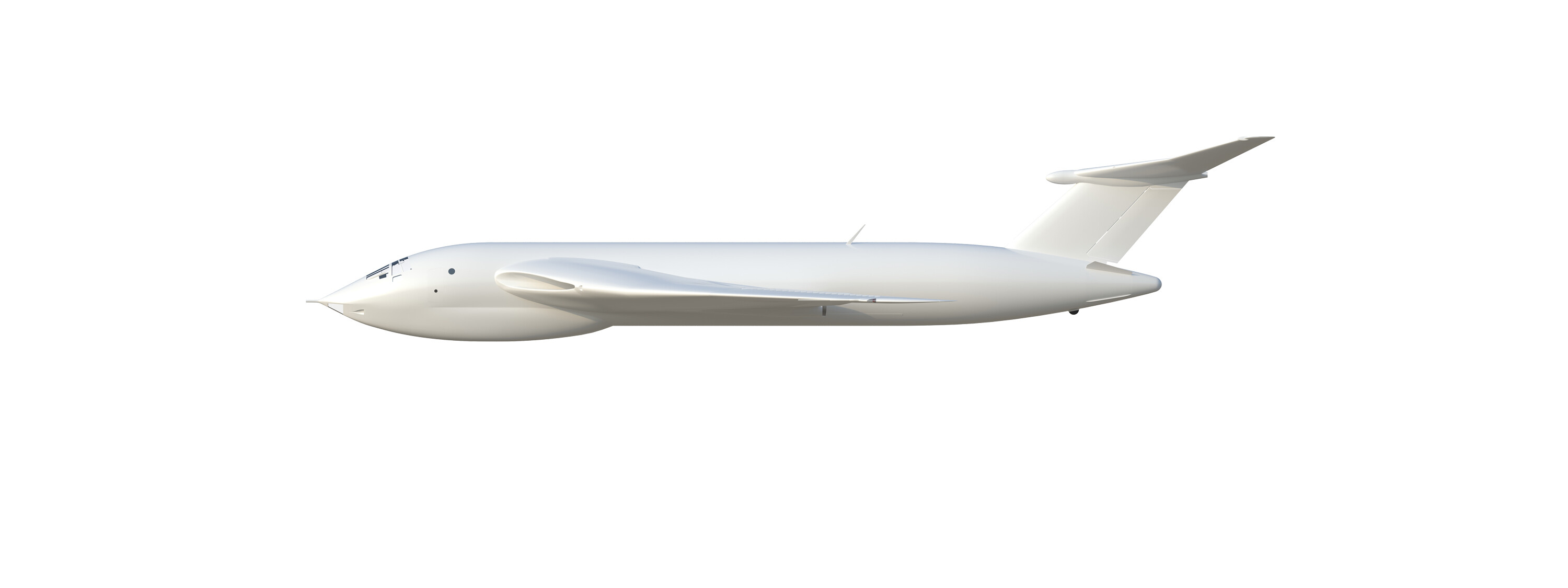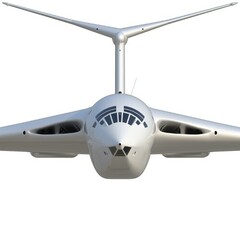-
Posts
2535 -
Joined
-
Last visited
Content Type
Profiles
Forums
Events
Everything posted by bbrz
-
+1 Most likely Ala13 ManOWar isn't doing any demanding precision aerobatics.
-
https://forums.eagle.ru/showthread.php?t=238273
-
It's interesting that multi player performance and damage modelling is considered to be more important than the flight model. DCS is unquestionable the flightsim with the best flight modelling, but even the rather primitive Yak has still some glaring errors in the basic flight model like the: unrealistic barn door flaps which make a go around impossible and approaches with realistic power settings) and the wrong RPM/MP relationship, and MP gauge. I'm not even talking about the more advanced aerodynamic problems like the newly discovered negative AoA behavior.
-
That's the plane I'm waiting for! Finally going to re-install DCS...one day before the F-16 will be released :)
-
Wrong again, the 'tiny box' is much smaller than the 'black box' and it's black.
-
That's incorrect. I don't have a Gladiator base and I simply used the PC USB port via the tiny box. It wouldn't make much sense for VKB to sell pedals without the ability to use them with different joysticks.
-
Update Since the guy who won the auction never paid, I've put them up at eBay again. The warranty is valid until the end of July. https://www.ebay.at/itm/273773884810...84.m1555.l2649
-
Since the guy who won the auction never paid, I've put them up at eBay again. The warranty is valid until the end of July. https://www.ebay.at/itm/273773884810?ssPageName=STRK:MESELX:IT&_trksid=p3984.m1555.l2649
-
1. Since they are more than a year old they aren't current ;) 2. That's apparently incorrect.
-
No. The black box is not part of the pedals. They are connected via the original tiny box. http://vkb-sim.pro/project/tiny-box/ https://forums.eagle.ru/showpost.php?p=2604907&postcount=2
-
No
-
Because I have unfortunately finally given up on DCS. I've lost hope that ED will fix even important basic bugs on e.g. the F-5 and that they will further develop their rather new 'professional' Yak-52.:(
-
ooops, initially posted at the wrong forum. https://forums.eagle.ru/showthread.php?t=234045 https://www.ebay.at/itm/273744465621?ssPageName=STRK:MESELX:IT&_trksid=p3984.m1555.l2649
-
FYI. I've started an eBay auction (90€) for my VKBsim T-RUDDER MKIV rudder pedals. Simple the best and most precise pedals I've ever owned. https://www.ebay.at/itm/273744465621?ssPageName=STRK:MESELX:IT&_trksid=p3984.m1555.l2649
-
I'm flying airliners IRL and with their ultra low performance and no aerobatics they are simply super boring to fly. No, I never load any weapons on my planes. Hang all available external tanks onto the F-5 full and try to take off on a hot summer day without AB in DCS. That's worse than flying a heavy airliner (and a nice airplane handling training) Fighters always represent the maximum possible concerning performance handling and aerodynamics in airplane design. That's what makes flying them such an interesting experience. If you haven't seen e.g. an F/A-18 (with the updated software) IRL at an airshow, you have missed some very impressive flying! Btw, many decades ago I did enjoy flying fighters IRL very much, without any killing/destroying ;)
-
Where did I write that? Did you even read my initial reply? Apparently I post because I'm still hoping and hence I'm checking the forum every few weeks. @norbot, if you would have read my previous posts you would know that I'm only interested in the flying part of DCS, not the destroying and killing part. So there are nice and realistic alternatives of course.
-
Another option is to simply uninstall DCS and to use another sim like I did, to avoid any further frustration with EDs update 'policy'. ;)
-
Interesting. How can you avoid to takeoff and land without the ground effect?
-
The Yak isn't moving as fast as any of us like? Did it move at all? Btw, I should have been more clear since I'm only interested in the FLYING part in DCS. I'm talking exclusively about basic FM bugs/problems. e.g. Flaps & rpm/mp problem in the Yak 52. The tailwind/headwind bug & the tumbling AH in the F-5. The pitch down/suck down effect in ground effect in the F/A-18.
-
I've uninstalled DCS many month ago due to the still remaining basic bugs with the F-5, the F/A-18 and the Yak-52. Wanted to re-install it when there are at least a few improvements concerning the above mentioned planes Absolutely nothing has happened in many month except that ED is constantly making announcements about new add-ons. Considering how simple the Yak it's unfortunately an eye-opener of how little ED cares about existing customers. Presently I'm not even considering re-installing DCS once they release their, for sure unfinished, F-16. Instead I did rewrite the flight model for the P3D F-16 and I'm quite happy with it. Too bad as Flanker and DCS always were my top flight sims!
-
+1 The F-5 used to be my favorite module and the lack of updates (don't forget the tumbling artificial horizon) isn't exactly promising. Same goes for the rather basic Yak-52 module.
-
+1 I'm really surprised that although this is a comparatively simple module, that there are zero updates. We still have to deal with e.g. the super high drag flaps and the wrong prop/MP relationship :(
-
There must be something seriously wrong with your install since drag with the extended flaps is way too high presently. Even with full throttle you can just barely accelerate to the go speed in level flight, let alone climb and perform the go around as described in the various manuals.
-
Why? google is your friend ;)
-
Back in 1988? Seriously?


